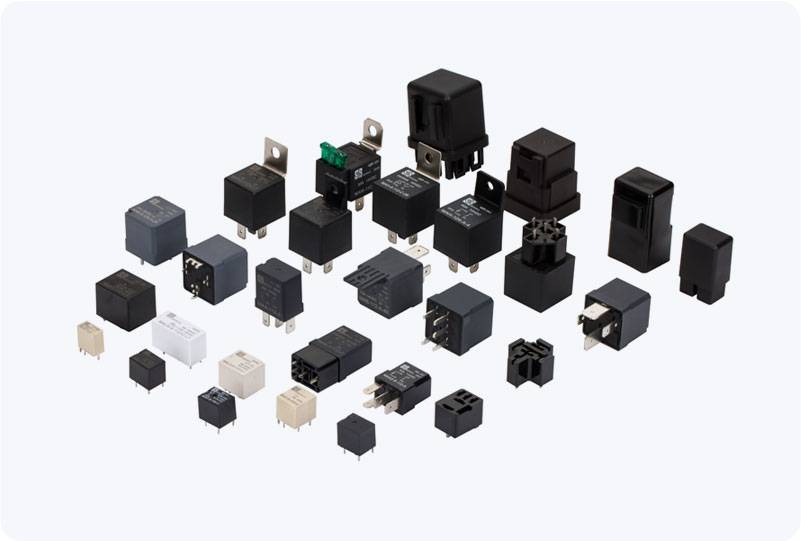In the oil and gas industry, operational safety is a paramount concern due to the inherent dangers associated with flammable and explosive substances. One critical component designed to enhance safety in this demanding environment is the explosion-proof relay. This specialized electrical device not only plays a vital role in controlling various electrical circuits and equipment but also ensures the safety of personnel and infrastructure in hazardous locations.

The Importance of Explosion-Proof Relays Explosion-proof relays are engineered to prevent any ignition of flammable gases or dust that may be present in oil and gas operations. These devices are built to withstand explosive conditions and are classified based on international safety standards, such as ATEX (European Union Directive for explosive atmospheres) and IECEx (International Electrotechnical Commission Certification Scheme for Ex Equipment). Compliance with these standards is crucial for any equipment utilized in potential explosive environments. Design and Features The design of explosion-proof relays incorporates several key features that contribute to their safety and reliability. First and foremost, the housings are constructed from durable, corrosion-resistant materials, typically metals like aluminum or stainless steel. This ensures that the relay can endure harsh environmental conditions, including extreme temperatures, pressures, and corrosive substances often found in oil and gas production sites.